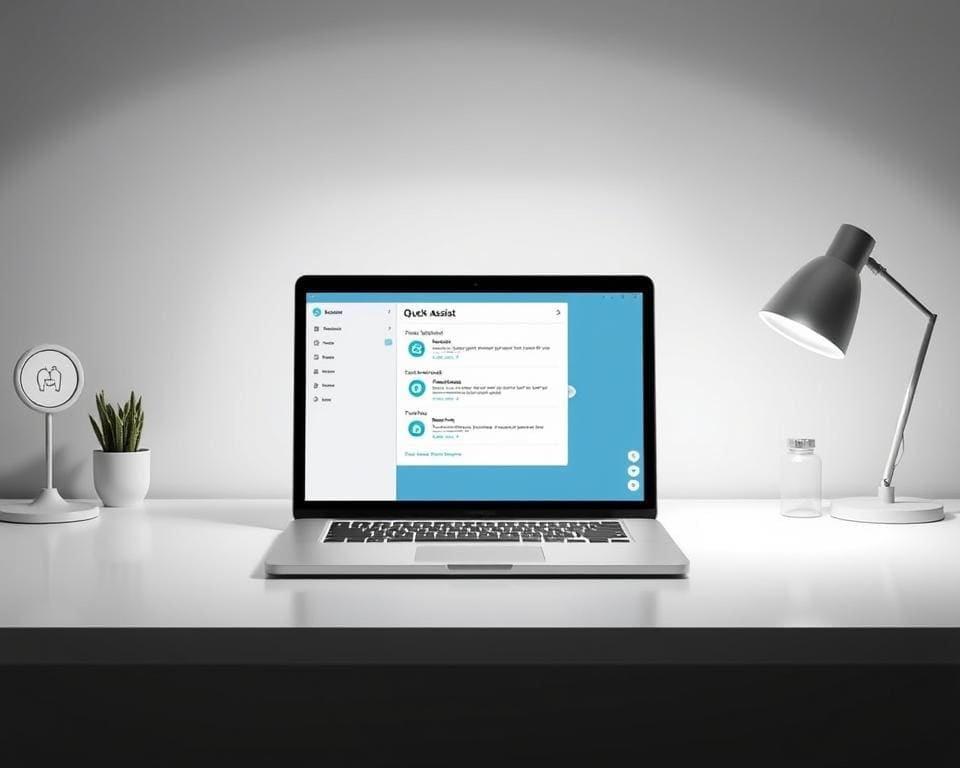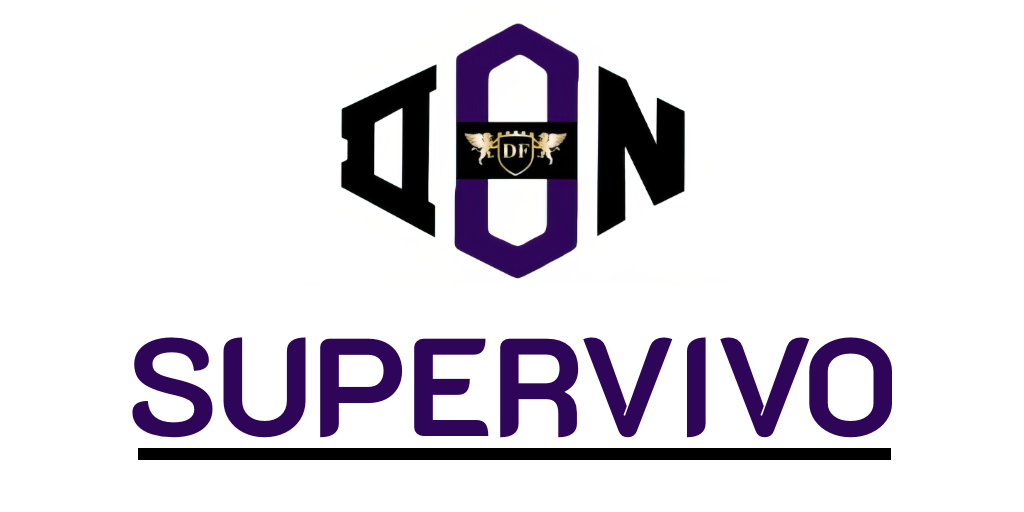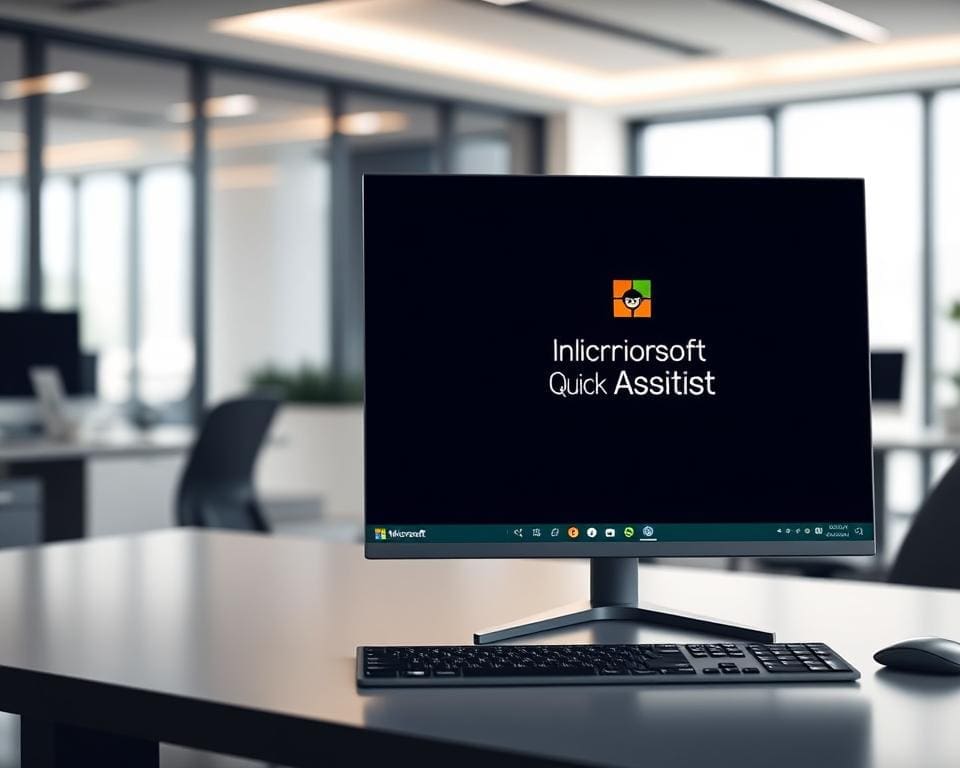In today’s fast-paced digital environment, understanding what Microsoft Quick Assist is has become essential for both technical support professionals and everyday users alike. This intuitive tool, embedded within Windows 10 and Windows 11, revolutionises the way we provide and receive assistance over the internet. With a seamless Microsoft Quick Assist overview, users can connect effortlessly to diagnose and fix software issues in real-time, transcending geographical limitations. By leveraging the unique Microsoft Quick Assist features, both helpers and those seeking aid can enhance communication and collaboration, ensuring a smoother troubleshooting experience. As remote work continues to flourish, Microsoft Quick Assist stands out as a vital resource for improving tech support efficiency.
Microsoft Quick Assist Overview
In today’s digitally connected world, tools that facilitate remote assistance are indispensable. Microsoft Quick Assist emerges as a pivotal resource in the realm of remote support, allowing users to efficiently troubleshoot issues by sharing their screens. This Microsoft Quick Assist overview explains its core functionalities and benefits.
What Does Microsoft Quick Assist Do?
So, what is Microsoft Quick Assist? This tool provides a seamless platform for users to connect with helpers who can either view their screens or take full control of their devices. This dual functionality significantly enhances the effectiveness of remote support, enabling troubleshooting to occur efficiently in real time. By allowing assistants to guide users through various software challenges, individuals experience reduced frustration and quicker resolutions.
Who Can Benefit from Using Quick Assist?
Diverse user groups can find value in Microsoft Quick Assist remote support. Students needing assistance with educational software or professionals tackling technical glitches can all leverage this tool. IT departments within organisations can particularly benefit by swiftly resolving colleague’s issues without the need for physical presence, thus saving time and effort.
Comparison with Other Remote Support Tools
When evaluating Microsoft Quick Assist against other remote support tools such as TeamViewer and AnyDesk, it becomes evident that Quick Assist offers distinct advantages. Its integration within the Windows ecosystem allows for unparalleled ease of use, requiring no additional software downloads. This feature combined with no extra cost for Windows users makes it an attractive choice for those seeking straightforward remote support solutions.

What is Microsoft Quick Assist
Microsoft Quick Assist is a powerful tool built into Windows, designed to facilitate remote assistance effortlessly. Its capabilities can significantly enhance the productivity of technical support engagements.
Key Features of Microsoft Quick Assist
The essential Microsoft Quick Assist features include user-friendly screen sharing and remote desktop control. These functionalities simplify the troubleshooting process by allowing the helper to see the user’s screen directly and take control as needed. Unlike other solutions, Quick Assist does not require complicated setup procedures, making it accessible to everyone. Users can initiate sessions seamlessly, leading to a more effective resolution of technical issues.
How Quick Assist Streamlines Remote Support
So, what is Microsoft Quick Assist in practice? This tool not only saves time but enhances collaboration between users and support agents. Each session gets logged, allowing both parties to revisit the assistance provided. This fosters a clearer understanding of the problem and highlights the solutions implemented. Understanding how to use Microsoft Quick Assist optimises support time, ensuring that any user can access help without the hassles typical of other software options.
Microsoft Quick Assist Features
Understanding the Microsoft Quick Assist features reveals how this tool simplifies remote support. With its dual modes, it caters to various user needs, enabling efficient troubleshooting without the complexities of traditional methods.
Remote Control and Viewing Options
The platform offers two significant modes: Remote Control and View Only. In Remote Control, the helper can directly interact with the user’s device, making adjustments or troubleshooting applications in real-time. This hands-on approach often leads to quicker resolutions. In contrast, the View Only mode provides a way for the helper to observe the user’s screen without making direct changes. This mode is particularly beneficial for guiding users through processes verbally or visually without interference.
Session Duration and Limitations
Each support session is temporary, designed to last until the task is complete. While there’s no official maximum duration, factors such as connectivity issues and the user’s attention span often naturally limit the length of each session. Users should be aware of potential limitations that could impact the effectiveness of their support experience. Firewall settings can sometimes impede functionality, and a stable internet connection is essential for both parties involved. For effective Troubleshooting Microsoft Quick Assist, ensuring these conditions are met is crucial.
How to Use Microsoft Quick Assist
Mastering the art of remote assistance is now easier than ever with Microsoft Quick Assist. This tool allows users to provide and receive help effortlessly, streamlining the process of resolving technical issues. Understanding how to use Microsoft Quick Assist can enhance your experience significantly.
Setting Up Quick Assist on Your Device
Setting up Microsoft Quick Assist on your device is relatively straightforward. Begin by accessing the Start menu in Windows 10 or 11. Type “Quick Assist” into the search bar and select the application when it appears. This quick method ensures you have the latest version, enabling you to take advantage of its robust features. If you need guidance, checking a Microsoft Quick Assist tutorial can provide visual insights.
Step-by-Step Guide for Starting a Session
Starting a session with Microsoft Quick Assist involves a few simple steps. Follow this ordered guide:
- Select Get Assistance on your screen.
- Share the generated code with the person who needs help.
- Choose the appropriate control mode, either Take full control or View screen only.
- Once the connection is established, begin assisting the other person.
As you navigate this process, ensure both participants have stable internet connectivity for optimal performance. A Microsoft Quick Assist download might be necessary if the app is not pre-installed.
Tips for a Smooth Experience
To facilitate a smooth experience, consider the following suggestions:
- Close unnecessary applications to enhance performance.
- Utilize headsets or speakers for clear audio communication.
- Always check your internet connection prior to starting the session.
By integrating these approaches, using Microsoft Quick Assist will become a more efficient and enjoyable process, providing swift resolutions to technical challenges.
Troubleshooting Microsoft Quick Assist
When utilising Microsoft Quick Assist, users may occasionally face challenges such as connection failures or unexpected session dropouts. These issues can often be addressed by ensuring that both devices enjoy stable internet access. In addition, it’s essential to verify that firewalls are correctly configured to permit Quick Assist traffic, allowing for a seamless remote support experience.
Another common hurdle can arise when users encounter a black screen during a session. This issue is often linked to the graphics settings on either device. A simple adjustment of these settings can frequently resolve the dilemma, ensuring meaningful interactions and effective problem-solving.
For those seeking further assistance, Microsoft offers robust online resources and community support forums. These platforms are invaluable for troubleshooting Microsoft Quick Assist issues, providing users with a wealth of information and guidance as they navigate the intricacies of this remote support tool.









